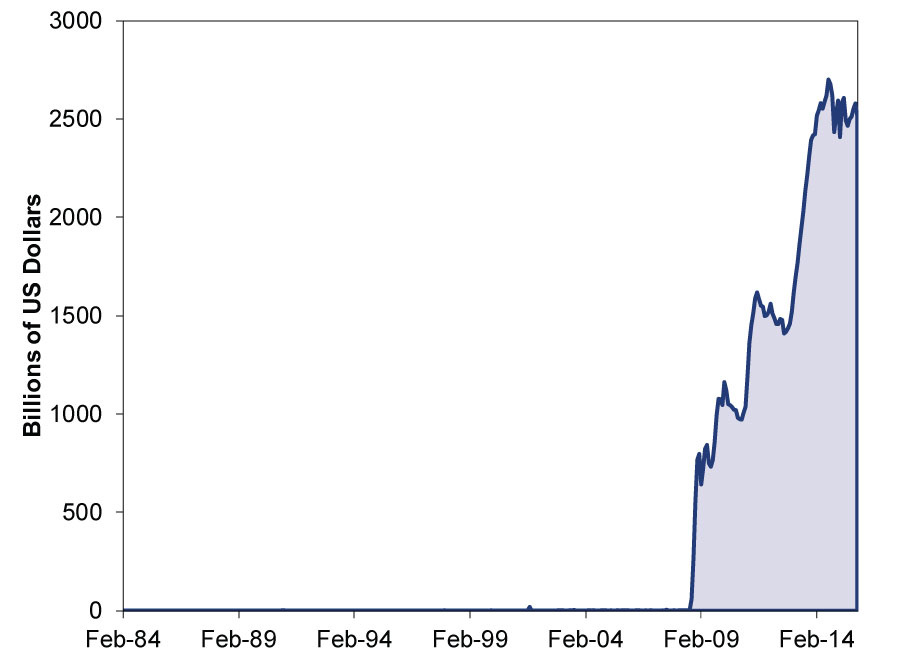Personal Wealth Management / Economics
Hip-Hip Hooray! The Fed Hiked
The US Federal Reserve announced a 0.25 percentage point rate hike Wednesday, the first since 2006.
Well, there you have it, folks, they did it. High fives all around, pop the champagne, fist bump, drop the confetti and cue the band.
Seven years to the day after the Fed cut interest rates to zero, we have "liftoff"[i]-the first hike to the fed-funds target rate since June 29, 2006. Let us be the first to say that we are relieved. The sheer volume of pundits hyperventilating over all things Fed has made our daily task of reviewing more than 100 financial websites a lot less pleasurable.[ii] In our view, the US economy has long been strong enough to take a hike. Moreover, there is no history suggesting markets are significantly negatively affected by an initial rate hike. Expect a lot of sound and fury in the media over the next few days, but when all is said and done, remember: If you expect big negativity tied to one rate hike, you are expecting something that has never happened historically. Wednesday's move is another step toward dispelling false Fed fears.
The hike moves the target range for fed funds to 0.25% - 0.50%, an increase of 25 basis points (0.25 percentage point) to each. To effect the new ceiling and floor, the Fed hiked the rate paid to banks on reserves from 0.25% to 0.50% and will use its repo operations to establish a floor. Additionally, the discount rate (the rate troubled banks can borrow directly from the Fed at) was hiked from 0.75% to 1.0%. We are typing this paragraph only 16 minutes after the announcement, but as we type, here is the immediate market reaction: Stocks wiggled, then rose. The dollar popped up against the euro, but retraced the pop moments later. The 10-year Treasury yield rose 1 basis point.
We've shared chart after chart with you all before-effectively showing our math supporting the notion no fed-funds target rate hike has ever triggered a bear market. (You can see them in this article from September. Nothing is different now, of course.) They don't even reliably bring volatility, contrary to the onslaught of unsupported assumptions trotted out daily in the press.
Some suggest now is different because we've been at zero for years. But this is a touch wide of the mark. This seems to us the most feckless initial hike in history. For one, consider that the high end of the range now matches where the Bank of England has kept its overnight target rate since 2008. This isn't some radical change. And, from the standpoint of the interbank market, we struggle to see the impact. The fed funds market is where banks lend reserves to one another overnight. If Bank ABC finds itself in need of a few bucks in the very short term, it can turn to Bank XYZ (which has excess reserves) and borrow. But today, the US financial system is awash in excess reserves-mostly, the proceeds of the Fed's quantitative easing bond buying. The $2.5 trillion in system excess reserves suggests most banks don't really need to borrow from one another right now. (Exhibit 1)
Exhibit 1: Excess Reserves at US Depository Institutions
Source: Federal Reserve Bank of St. Louis, as of 12/16/2015.
Now, fed-funds does have a less direct effect on short-term rates across the entire economy-it exerts heavy influence over very short-term bond rates, and a loose proxy for what banks pay depositors and savers. Therefore, it constitutes the shortest end of the yield curve-the difference between short- and long-term interest rates. Because traditional banking is the art of borrowing short term to fund long-term loans (mortgages and such), the yield curve determines bank lending's profitability. Since banks aren't acting out of pure altruism, profitability is a big determinant in loan availability. When capital is scarce, the economy suffers-this is why an inverted yield curve has more often than not preceded US recession. (The timing is imprecise, but it is a sign the credit markets aren't totally healthy.)
Today, and we mean moments after the hike, the difference between US short and long rates after the hike is 177 basis points. While that is no doubt flatter than yesterday, it's still steep-steeper, actually, than it was during most of the period August 2011 - May 2013. (Exhibit 2) Barring a relatively big decline in long rates, it is unlikely that a couple or three hikes materially affect it either.
Exhibit 2: Post-Hike Yield Spread in Perspective
Source: FactSet, as of 12/16/2015. 10-year Treasury yield minus fed-funds target rate upper limit.
Now, it will likely take more than just Wednesday's move to totally eliminate Fed fears. After all, the Fed itself has been telling us for years their policies are stimulus and support growth, and the media has played right along. Wednesday's feckless "liftoff" is a step toward reducing this fixation, but it is only one step. And, it's worth noting the Fed is clearly a fallible institution, so their path and execution[iii] going forward are worth watching. But for now, let's all say cheers to the Fed beginning to slay these false fears.
[i] A lot of people use this term, but it seems to imply a rocket blasting off, and frankly, we don't think the mental picture bears any resemblance to changing an overnight interest rate from 0.25% to 0.50%. But hey, this is jargon some ivory-tower types like.
[ii] We are "Fed up." Sorry.
[iii] We do not mean this in the John McKay sense of the term.
If you would like to contact the editors responsible for this article, please message MarketMinder directly.
*The content contained in this article represents only the opinions and viewpoints of the Fisher Investments editorial staff.
Get a weekly roundup of our market insights
Sign up for our weekly e-mail newsletter.

You Imagine Your Future. We Help You Get There.
Are you ready to start your journey to a better financial future?

Where Might the Market Go Next?
Confidently tackle the market’s ups and downs with independent research and analysis that tells you where we think stocks are headed—and why.







